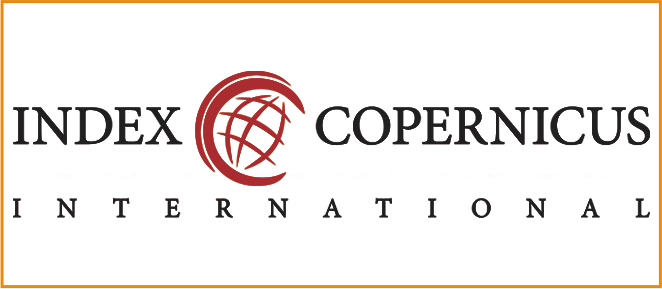Penerapan Certainty Factor pada Diagnosis Penyakit Tanaman Tomat
Abstract
Keywords
Full Text:
PDFReferences
H. Semangun, Penyakit-penyakit tanaman hortikultura di Indonesia. Gadjah Mada University Press, 1989.
V. Sutojo, “T; Mulyanto, Edi; Suhartono,” Kecerdasan Buatan, 2011.
S. Alim, P. P. Lestari, and R. Rusliyawati, “Sistem Pakar Diagnosa Penyakit Tanaman Kakao Menggunakan Metode Certainty Factor Pada Kelompok Tani Pt Olam Indonesia (Cocoa) Cabang Lampung,” J. Data Min. Dan Sist. Inf., vol. 1, no. 1, pp. 26–31, 2020.
R. Hariyanto and K. Sa’diyah, “Sistem Pakar Diagnosis Penyakit dan Hama Pada Tanaman Tebu Menggunakan Metode Certainty Factor,” JOINTECS (Journal Inf. Technol. Comput. Sci., vol. 3, no. 1, pp. 29–32, 2018.
Y. K. Febrina, S. Defit, and G. W. Nurcahyo, “Sistem Pakar dalam Menganalisis Defisiensi Nutrisi Tanaman Hidroponik Menggunakan Metode Certainty Factor,” J. Sistim Inf. dan Teknol., pp. 203–208, 2021.
B. Muslimin and P. Sugiartawan, “Implementasi Metode Certainty Factor dalam Sistem Pakar untuk Mengidentifikasi Penyakit Tanaman Lada,” SINTECH (Science Inf. Technol. J., vol. 4, no. 2, pp. 195–201, 2021.
M. Oktaviansyah, R. Tamara, and I. Fitri, “Sistem Pakar Untuk Mendiagnosa Penyakit Mata Menerapkan Metode Certainty Factor dan Forward Chaining,” J. MEDIA Inform. BUDIDARMA, vol. 6, no. 1, pp. 645–654, 2022.
S. Chandra, Y. Yunus, and S. Sumijan, “Sistem Pakar Menggunakan Metode Certainty Factor untuk Estetika Kulit Wanita dalam Menjaga Kesehatan,” J. Inf. dan Teknol., pp. 105–111, 2020.
H. T. Sihotang, F. Riandari, P. Buulolo, and H. Husain, “Sistem Pakar untuk Identifikasi Kandungan Formalin dan Boraks pada Makanan dengan Menggunakan Metode Certainty Factor,” MATRIK J. Manajemen, Tek. Inform. dan Rekayasa Komput., vol. 21, no. 1, pp. 63–74, 2021.
R. T. Aldisa and S. Salsabila, “Penggunaan Metode Certainty Factor Pada Sistem Pakar Deteksi Kerusakan Perangkat Keras (Hardware) Komputer di Laboratorium Berbasis Android,” J. Inf. Syst. Res., vol. 3, no. 3, pp. 314–323, 2022.
H. Mulyono, R. A. Darman, and G. Ramadhan, “Sistem Pakar Diagnosa Kerusakan Pada Laptop Menggunakan Metode Certainty Factor,” JIPI (Jurnal Ilm. Penelit. dan Pembelajaran Inform., vol. 5, no. 2, pp. 98–103, 2020.
M. S. Lauryn, A. Saparudin, and M. Ibrohim, “Sistem Pakar Diagnosa Penyakit Hewan Ternak Kambing Dengan Metode Certainty Factor (Cf),” JSiI (Jurnal Sist. Informasi), vol. 8, no. 1, pp. 18–23, 2021.
I. B. Cahyono, Tomat, Usaha Tani dan Penanganan Pasca Panen. Kanisius, 2008.
DOI: http://dx.doi.org/10.36448/expert.v12i1.2553
Refbacks
- There are currently no refbacks.
EXPERT: Jurnal Manajemen Sistem Informasi dan Teknologi
Published by Pusat Studi Teknologi Informasi, Fakultas Ilmu Komputer, Universitas Bandar Lampung
Gedung M Lt.2 Pascasarjana Universitas Bandar Lampung
Jln Zainal Abidin Pagaralam No.89 Gedong Meneng, Rajabasa, Bandar Lampung,
LAMPUNG, INDONESIA
Indexed by:













This work is licensed under a Creative Commons Attribution 4.0 International License.







